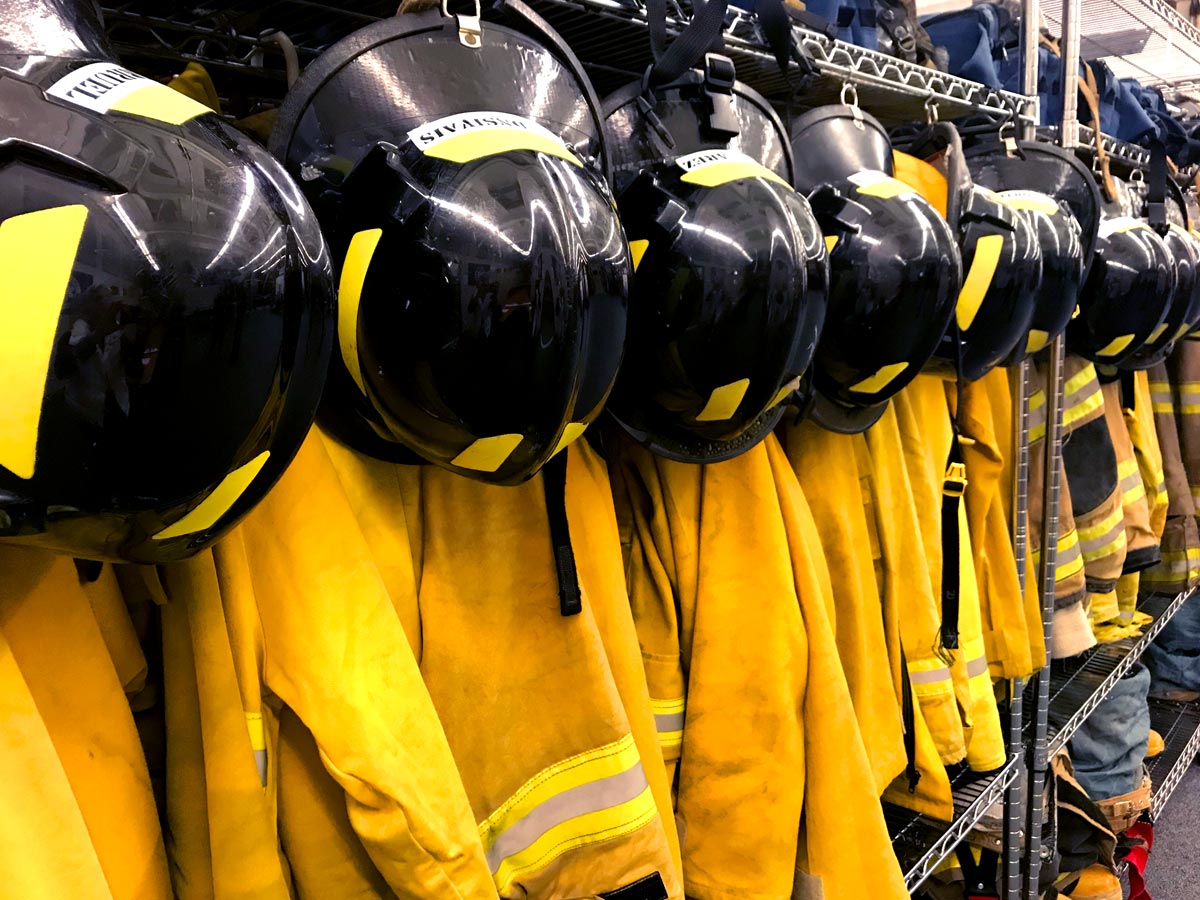class act Best practices in action
Best practices in action

Best practices in action

Students who complete the approximately 540-hour program leave with experience working directly with firefighting professionals, and dealing with biological and chemical hazards, safety issues, the science behind fire behavior, wildland firefighting, resource management, urban planning and firefighting, the use of fire safety equipment and numerous other industry standards.
This 2019 CSBA Golden Bell Award-receiving program includes students from six surrounding districts: Milpitas Unified School District, San Jose USD, Santa Clara USD, Campbell Union High School District, East Side Union High School District and Los Gatos-Saratoga Union HSD.
Phil Gonzalez, a retired firefighter with 30 years’ experience and one of the program’s two instructors, said that, as a result of their participation in this program, many students are accepted into fire academy programs. Many have gone on to work with fire departments in Lodi, San Jose, Oakland, San Francisco, Portola Valley and even with Cal Fire.
“We don’t want to teach classes that they don’t get a benefit out of and that’s not going to help them to get a job,” Gonzalez said. “We want to get them ready to step on an ambulance and go to work or step on a firetruck and go to work with the very minimal basics — you learn the rest on the job. By the time they leave here, they have about 18 industry certifications.”
Those certifications include CPR, First Aid, First Responder, Automatic External Defibrillation, Hazardous Materials Operations and Confined Space Awareness.
There is also a lot of community work in this program that benefits the surrounding communities beyond supplying a steady stream of young, well-trained firefighters and first responders, Gonzalez said. Students help with smoke detector giveaways, holiday toy programs, Christmas tree giveaways and walk-a-thons hosted by local fire departments.
Part of what has made the program such a success since its inception in 2006 is the level of collaboration both within the building and with local agencies, said Marleen Dinis, academic project coordinator. Students in the Fire Science/First Responder program spend time working with the campus nursing program, as well as the veterinary science program to prepare to handle pets that are trapped in fires.
Other hands-on experiences come in the form of staged car accidents, in which students must demonstrate the proper use of equipment and extraction of passengers, as well as how to put them on a gurney, conduct assessments on the passengers and then load them into ambulances provided by Rural Metro Fire. Prior to statewide school closures last spring, students also worked with San Jose Fire, local law enforcement, and forensics and hazmat teams on a simulated chemical explosion.

“One of the things we can’t do right now is [build] skills but we’re still being able to give them the foundational work, so when we do get them in the class we can just do hands on all day,” Tovar said. “It’s a program we’re going to keep and it’s going to be our long-term thing. We could actually spend more hands-on time with them.”
Tovar said that more and more, things are coming full circle. “Phil was actually my mentor 30 years ago and I currently still work in the fire department and I’ve got 26 years on,” Tovar said. Now, he is regularly seeing students that he has taught through the Fire Science/First Responder program entering the field.
Graduates of the program will begin to take the place of the approximately 600 fire personnel hired countywide in the 1990s who are now becoming eligible for retirement. And unlike those in other programs throughout the U.S., they will have had hands-on experience with a good amount of the equipment they will use in the field.
“In order for us to be high quality and provide pathways for students to be ready for a career, we need to provide them with everything they need,” Dinis said. “Having the equipment on hand is so much easier to teach them and for the students who go to a job site or an internship to say, ‘I worked with this already.’ We pride ourselves on that because, ultimately, we’re here to serve the students.”